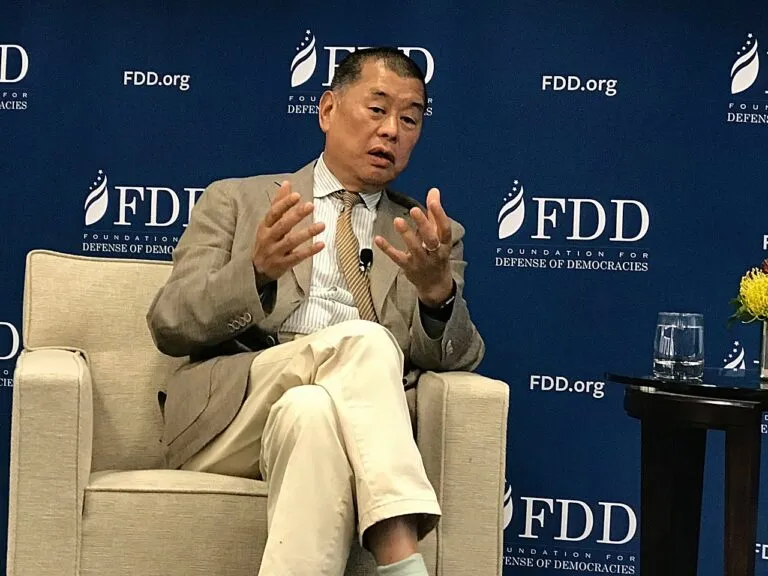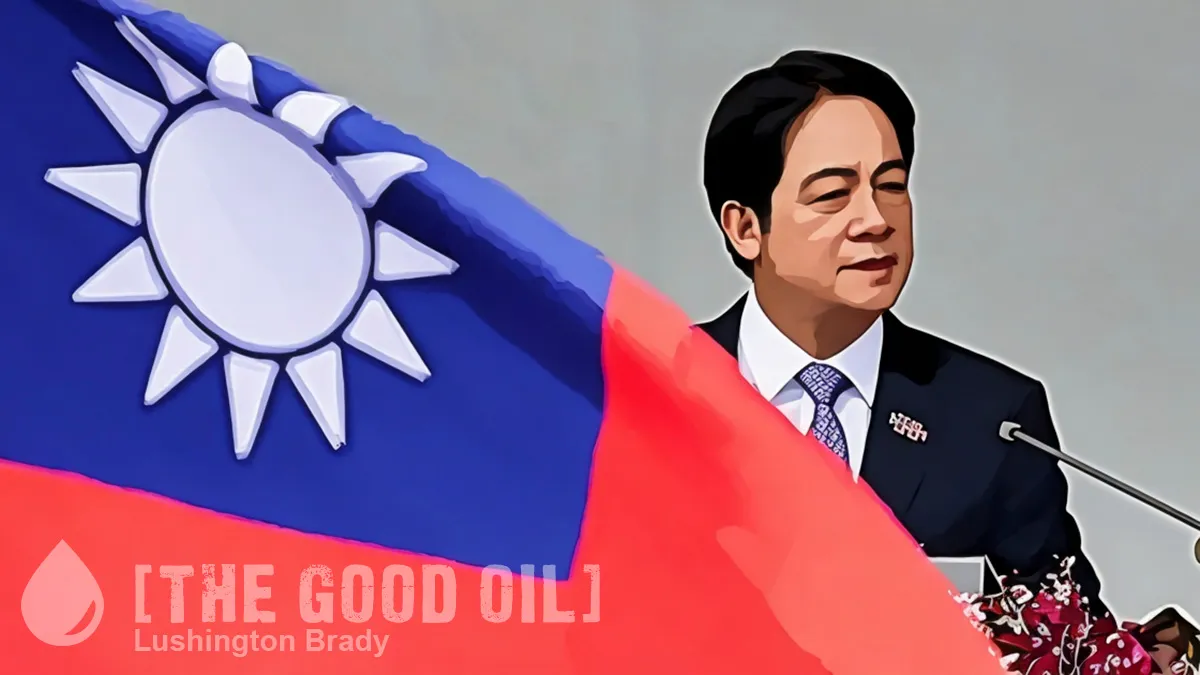Table of Contents
Brent Sadler
Brent D Sadler is a senior research fellow in naval warfare and advanced technologies at The Heritage Foundation.
Back in May, Beijing responded to Taiwan President Lai Ching-te’s inauguration speech by quickly ordering a large-scale military demonstration: Joint Sword 2024A. Chinese military flexing against Taiwan is nothing new, of course. Since at least 2022, Beijing has repeatedly proven that, even when caught off guard, it can respond to events and sustain an elevated military presence around Taiwan within days.
This muscular naval approach came to a head this summer with violent clashes at Second Thomas Shoal. While Chinese Coast Guard (CCG) crews were using boat axes against Filipino sailors – one losing a finger – a large Chinese amphibious warship was loitering nearby in Philippine waters.
The event was indicative of an important change in China’s pattern of maritime coercion. While previously, Beijing sought to maintain plausible deniability when using its maritime militia to coerce southeast Asian nations, it is now adopting a more direct and aggressive strategy, that can escalate quickly using warships more directly in confrontations.
The CCG’s path to increasingly violent provocations, from water cannons to boat axes, follows a known pattern. A similar and instructional trend occurred around the Senkaku Islands, where there has been a nearly continuous Chinese CCG and naval presence. Since Japan nationalized the islands in 2012, China has sustained this naval presence and historically high levels of intrusions into Japan’s Air Defense Identification Zone (ADIZ). Taken together, these actions indicate that China’s military is no longer sitting on the sidelines but shifting its strategy.
A recent report makes clear, as China has done from the East to the South China Sea, it is updating its gray-zone tactics for a new great game in the Pacific.
Flush with confidence, China has also recently increased military activities with Russia in new and noteworthy ways. In July, Xi Jinping and Vladimir Putin met at the Shanghai Cooperation Organization in Kazakhstan, discussing coordinated responses to various security challenges. This trend began in earnest in July 2019 when Russian and Chinese nuclear weapon capable bombers operated together in the Sea of Japan. Since then, similar naval operations have become routine. Land operations are not far behind, with the Chinese-Belorussian military exercise taking place near the Polish border in July as NATO leaders met in DC.
All this recent activity provides context for the periodic Chinese Communist Party’s Third Plenum. Chaired by Xi Jinping, the Plenum focuses on long-term economic policies. Given the Chinese Communist Party’s secrecy, little information of the Third Plenum’s agenda has been divulged, but it isn’t hard to imagine that the party is preparing to face economic blowback for adopting this more direct and aggressive maritime approach.
If, in fact, China’s modus operandi of so-called grey-zone operations is changing, hardening its economy to reprisals would make sense and would likely mean wider Chinese Communist Party coordination. Should China’s leaders come to see this summer’s events as successful, it will likely mean more aggression ahead, and not limited to the South and East China Sea.
In March 2022, Foreign Minister Wang Yi signed a security pact with the Solomon Islands. And since then, there have been more Chinese presence and overtures to this region. As such, we could be witnessing the vanguard of a new Chinese strategic maritime effort just getting underway.
So, what can the United States do about this changing Chinese approach and widening geographic focus?
Naval statecraft should be the first option. An example of this was on display in the 2020 West Capella incident, in which the US response then was guided by a now declassified strategic framework for a free and open Indo-Pacific. That framework merged economic and security interests in a common approach. The lesson from the crisis was that a persistent naval presence backed by clear-eyed diplomacy saw the Chinese Coast Guard and maritime militia backdown without a shot being fired.
Unfortunately, the current administration has failed to fully leverage the lessons of that crisis, nor apply them more broadly across the Pacific. And now, as China evolves its approach, the US and its allies find themselves a step behind.
From the East to the South China Sea, and soon the South and Central Pacific, a militarily confident China is on the march. It is time to respond.
This article was originally published by RealClearDefense and made available via RealClearWire.









